22 Tasty Cheese Dish Recipes You Can Whip Up Tonight
Cheese dishes tantalize taste buds with creamy, rich textures that transform ordinary meals into extraordinary culinary experiences.
Incredible flavor combinations emerge when skilled cooks blend different cheese varieties into mouthwatering creations.
Professional chefs and home cooks alike understand the magical potential of these versatile ingredients.
Melted, grated, or crumbled, cheese elevates simple dishes to gourmet masterpieces with minimal effort.
Comfort and satisfaction intertwine in these recipes that celebrate dairy's delightful potential.
Each recipe promises a unique sensory journey through temperature, texture, and taste profiles.
Regional traditions and innovative techniques converge to showcase cheese's remarkable adaptability in cooking.
You'll find inspiration and delectable options that promise to satisfy every cheese lover's cravings in these 22 delicious cheese dish recipes:
Delicious Cheese Dish Recipes Worth Sharing
Cheese takes the spotlight in these beloved recipes. Gooey, crisp, or creamy, every dish promises smiles and second helpings.
Provoleta
Provoleta is a grilled Argentine cheese dish featuring thick provolone slices with a crispy exterior and molten interior that melts directly on hot grills during traditional barbecues.
Argentine grill masters prepare the cheese by coating round slices with olive oil and herbs before searing them quickly over high heat.
Provolone cheese selections with higher fat content work best for achieving optimal meltiness and texture.
Diners typically enjoy provoleta immediately after grilling, using crusty bread to scoop up the warm, gooey cheese.
Asado gatherings often feature this simple yet delicious appetizer as a crowd-pleasing starter.
Argentines consider provoleta an essential component of their beloved barbecue culture.
Ajaruli Khachapuri
Adjarian khachapuri represents Georgia's most famous cheese bread, featuring a distinctive boat-shaped design stuffed with molten cheese and crowned with a runny egg.
Georgians craft this iconic dish using yeasted dough stretched into an oblong shape and filled with a creamy mixture of Imeratian and sulguni cheeses.
Bakers carefully prepare the bread by first baking the cheese-filled base until golden, then adding a fresh egg moments before completing the cooking process.
Just before serving, a generous pat of butter melts into the hot cheese, creating a rich and indulgent experience.
Diners traditionally mix the egg and butter into the cheese, creating a luxurious, messy feast.
Regional chefs take pride in their unique preparation methods, each adding personal touches to this beloved national dish.
Georgia's culinary tradition shines through this simple yet extraordinary bread.
Bread lovers worldwide now celebrate this spectacular cheese-filled creation as a must-try gastronomic experience.
Quesadilla
Quesadillas are iconic Mexican street food featuring melted cheese sandwiched between grilled tortillas.
Mexican cuisine originated this versatile dish across different regions, with corn tortillas traditionally used in central Mexico and wheat tortillas popular in northern areas.
Wheat tortillas require simple ingredients like flour, water, salt, and lard, which are mixed into a smooth dough and pressed into thin discs.
Cooks quickly grill tortillas on a cast-iron comal, then add cheese and optional fillings like meat, beans, or vegetables.
Restaurants and street vendors serve quesadillas as quick snacks or full meals, reflecting Mexico's rich culinary diversity.
Authentic preparation involves careful tortilla selection and precise grilling techniques that ensure crispy exteriors and melted cheese interiors.
Mexicans consider quesadillas a fundamental comfort food that connects generations through shared culinary traditions.
Raclette
Raclette is a Swiss melted cheese dish where heated cheese cascades over accompaniments, creating an interactive dining experience centered on rich, gooey cheese.
Swiss mountain dwellers traditionally prepared this meal by warming large cheese wheels near open fires and scraping molten layers onto plates.
Modern raclette gatherings involve small tabletop grills where diners melt individual cheese slices while simultaneously cooking meats and vegetables on the griddle top.
Guests customize their plates with boiled potatoes, pickled onions, cornichons, and optional dried meats like prosciutto.
Small specialized machines or traditional fire-based methods help transform solid cheese into a creamy, flowing delicacy.
Social interaction defines this meal, encouraging shared cooking and communal eating.
Originating in Switzerland's alpine regions, raclette transforms simple ingredients into a memorable group dining experience.
Cheese selection and quality remain critical to creating an authentic raclette meal.
Cacio E Pepe
Cacio e pepe is a legendary Roman pasta dish celebrating simplicity through its masterful blend of pecorino romano cheese, black pepper, and perfectly cooked pasta.
Originating in Rome, this classic primo piatto transforms just three core ingredients into a creamy, luxurious sauce through precise technique and careful preparation.
Pasta water becomes the critical fourth element, enabling chefs to create a silky emulsion that coats each strand with rich, sharp pecorino flavor.
Minimal ingredients demand exceptional execution, requiring careful starch concentration and precise temperature control.
Professional Italian chefs consider the dish a true test of culinary skill, with many spending years perfecting its delicate balance.
Cooking pasta in limited water helps extract crucial starches that bind cheese and pepper into a smooth sauce.
Traditionally prepared with tonnarelli or spaghetti, the dish requires gentle off-heat stirring to prevent cheese from breaking or becoming grainy.
Syrniki
Syrniki are golden-brown Russian cheese pancakes bursting with creamy texture and sweet-tangy flavor from fresh tvorog cheese.
These beloved breakfast treats originate from Eastern European culinary traditions, featuring a unique blend of farmer's cheese, eggs, flour, and subtle sugar.
Tvorog provides a dense, rich base that distinguishes syrniki from standard Western pancakes.
Cooks carefully mix ingredients into a thick batter before gently frying each pancake to achieve a crispy exterior and soft interior.
Russians typically serve syrniki with sour cream, jam, or honey for added sweetness.
Traditional preparation involves carefully forming small round pancakes that brown evenly in a hot skillet.
Home cooks often enjoy making these versatile treats for family breakfasts or weekend brunches.
Generations have cherished syrniki as a comforting morning meal that connects them to their cultural roots.
Tartiflette
Tartiflette is a hearty Alpine potato gratin from Savoie, France, featuring rich reblochon cheese as its signature ingredient.
Mountain farmers originally created this warming dish to use leftover potatoes and cheese during cold winter months.
Rustic ingredients like bacon, onions, and white wine combine with sliced potatoes in a traditional baking method.
Reblochon cheese crowns the dish, melting luxuriously over the top during baking.
Home cooks slice potatoes and fry them with chopped bacon and onions in a skillet.
White wine adds depth to the potato mixture before transferring it to a baking pan.
Layering occurs with half the cheese mixed into the potatoes and remaining cheese covering the surface.
French alpine regions consider tartiflette a perfect winter comfort meal that transforms simple ingredients into a satisfying dish.
Aligot
Aligot is a classic French cheese-infused potato dish originating from southern France's Aubrac region, featuring an iconic ultra-stretchy texture that pulls into long, mesmerizing cheese strands when stirred.
Monks first created this rustic recipe in the 12th century, initially using bread before potatoes became the primary ingredient.
Traditional preparation involves boiling potatoes with garlic and passing them through a ricer for smoothness.
Creme fraiche is added to create a creamy base, transforming the potatoes into a silky mixture.
Grated tomme cheese gets incorporated gradually, melting slowly over low heat while continuous stirring develops its signature elastic consistency.
Chefs and home cooks mix the ingredients for at least 10 minutes to achieve perfect texture and flavor.
Focaccia Di Recco Col Formaggio
Focaccia di Recco col formaggio represents a unique Italian flatbread originating from Liguria's Genoa province, characterized by its gossamer-thin dough and creamy cheese filling.
Mediterranean culinary traditions inspire this delicate specialty crafted with minimal ingredients like soft wheat flour, olive oil, water, and salt.
Italian bakers stretch two almost transparent dough sheets to create a delicate envelope around fresh pasteurized cow's milk cheese such as crescenza or stracchino.
Regional bakers prepare this flatbread in various shapes including circular, square, and rectangular configurations.
Genoa's specific municipalities of Recco, Sori, Camogli, and Avegno claim deep connections to this authentic bread.
Zero leavening ensures its distinctive texture and lightweight structure.
Small variations in preparation distinguish family and regional interpretations.
Traditional ovens transform these simple ingredients into a crisp, golden-edged delicacy that showcases Ligurian gastronomic excellence.
Tequenos
Tequenos are crispy Venezuelan cheese sticks deep-fried to golden perfection, wrapping salty queso blanco in thin dough that creates a crunchy exterior and molten interior.
Venezuela's cultural heritage snack originated in the Caracas region, becoming a wildly popular appetizer at parties and gatherings nationwide.
Traditional versions feature queso Llanero, a firm white cheese, though modern variations include ham, spinach, and mixed cheese fillings.
Chefs carefully wrap the cheese strips in delicate dough before frying them to achieve the perfect golden-brown crispness.
Street vendors and home kitchens alike prepare tequenos as a quick, satisfying snack that reflects Venezuelan culinary creativity.
Socializing often revolves around these irresistible cheese sticks, which bring people together through shared enjoyment.
Svaneti Khachapuri
Kubdari khachapuri represents Georgia's Svaneti region's signature cheese bread, featuring a distinctive circular shape crafted from traditional dough wrapped around a rich filling of high-fat cheese, eggs, and fresh green onions.
Local Georgian bakers carefully press the ingredients inside soft dough before baking the bread to a perfect golden-brown color.
Khachapuri variations reflect regional culinary traditions, with this version highlighting Svaneti's unique cheese-making techniques.
Regional ingredients give kubdari its signature flavor profile and rustic appearance.
Georgian bread-making skills shine through in this carefully constructed dish.
Skilled bakers ensure each kubdari maintains its traditional circular shape and balanced cheese mixture.
Mountain regions like Svaneti take pride in preserving these ancient bread-making methods.
Regional cheese and fresh ingredients make kubdari a delicious representation of Georgian cuisine.
Poutine
Poutine is a classic Canadian comfort food featuring crispy french fries smothered in rich brown gravy and topped with squeaky cheese curds.
Quebec province birthed this hearty dish in the 1950s, transforming simple ingredients into a beloved national sensation.
Coarsely cut potatoes are typically fried twice to ensure a crispy exterior and soft interior.
French Canadian origins explain its unique name derived from culinary terminology related to sausage fillings.
Restaurants nationwide, from street food trucks to upscale dining establishments, serve this indulgent dish.
Gravy ingredients typically include beef or chicken stock with a splash of vinegar.
Cheese curds remain soft and retain their signature squeak when added to the hot fries.
Canadian McDonald's even offers this popular comfort food, highlighting its widespread cultural significance.
Imeruli Khachapuri
Imeruli khachapuri represents a celebrated Georgian cheese bread distinguished by its circular shape and enclosed cheese filling.
Georgian bakeries craft this savory bread using a simple dough made from flour, salt, sugar, yeast, and occasionally yogurt.
Soft, stretchy cheese like sulguni or imeruli creates the signature molten interior that defines the dish.
Traditional recipes often incorporate eggs into the cheese mixture for added richness.
Skilled bakers carefully seal the cheese inside the dough before baking the bread to golden perfection.
Home cooks and professional bakers alike treasure this comfort food as a staple of Georgian cuisine.
Restaurants throughout Georgia serve imeruli khachapuri as a popular appetizer or main course.
Truffade
Truffade is a hearty French potato pancake originating from Auvergne's rustic mountain cuisine, combining creamy melted cheese with crispy sliced potatoes.
Mountain shepherds traditionally prepared this simple dish using local cheese and potatoes from their regional harvests.
Gruyère or fresh Tomme de Cantal cheese provides rich, smooth flavor to the crisp potato base.
Skilled cooks carefully slice potatoes thin and cook them slowly with butter until golden and tender.
Restaurants often serve truffade alongside grilled meats like steak for a satisfying complete meal.
Regional farmers perfected this recipe over generations as a practical and filling food.
French culinary traditions highlight truffade as a classic comfort dish representing rural Auvergne cooking.
Penovani Khachapuri
Penovani khachapuri represents a Georgian cheese-filled pastry from Samtskhe-Javakheti region featuring a unique layered preparation method.
Skilled bakers carefully blend Imeruli and Sulguni cheeses with rich egg yolks to create a savory filling.
Puff pastry serves as the delicate vessel for this creamy mixture.
Bakers fold the pastry into elegant triangular or square shapes before baking.
Georgia's regional cheese varieties contribute distinct flavor profiles to this traditional bread.
Each khachapuri variant highlights local dairy traditions.
Warm pastry emerges golden and crisp from traditional ovens.
Georgians enjoy this bread as a satisfying breakfast or hearty snack.
Mozzarella Sticks
Mozzarella sticks are crispy, golden-brown cylinders of melted cheese encased in a crunchy breaded exterior that originated in American casual dining restaurants.
Deep-fried until perfectly golden, these irresistible snacks feature breaded mozzarella cheese that transforms into a molten, stretchy interior when heated.
Appetizer menus across the United States regularly feature this popular finger food that delivers a satisfying crunch and gooey cheese experience.
Italian-American cuisine heavily influenced their creation, drawing inspiration from traditional cheese preparation techniques.
Marinara sauce serves as the classic dipping companion, though many restaurants now offer alternative sauces like Ranch, barbecue, honey mustard, and fruit-based options.
Casual restaurants, sports bars, and diners commonly serve these addictive cheese sticks as crowd-pleasing appetizers.
Frozen versions allow home cooks to easily prepare this indulgent snack.
Cheese Souffle (Souffle Au Fromage)
Cheese soufflé epitomizes French culinary elegance with its light, airy texture and rich flavor profile crafted from whisked egg whites, melted cheese, butter, milk, and flour.
Originating in late 18th-century France, this delicate dish transforms simple ingredients into a dramatic, puffed masterpiece that rises dramatically in the oven.
French chefs carefully blend ingredients to create a smooth base before gently folding in whipped egg whites that provide incredible volume and lightness.
Masters of technique ensure the soufflé rises perfectly by preparing ramekins with butter and breadcrumbs for optimal rising.
Kitchen precision determines the soufflé's success, as overmixing or incorrect temperature can cause deflation.
Fine cheeses like gruyère or comté enhance the flavor complexity.
Small cracks signal a well-baked soufflé, indicating proper cooking technique.
Serving immediately after baking preserves its signature puffy texture and impressive presentation.
Osuri Khachapuri
Ossetian khachapuri stands out as a potato-filled Georgian cheese bread that transforms simple ingredients into a creamy, comforting meal.
Georgian bakers craft this unique version by folding boiled potatoes and soft cheese between two delicate layers of dough.
Regional cooking traditions inspire its distinctive shape, similar to Imeruli khachapuri but with a richer filling.
Potatoes add a hearty texture that complements the melted cheese perfectly.
Cheese selection matters deeply, with bakers choosing creamy varieties that melt smoothly into the potato mixture.
Salt levels remain subtle, allowing the ingredients' natural flavors to shine through.
Regional bakeries take pride in their precise dough-folding techniques.
Each khachapuri serves as a warm, satisfying representation of Ossetian culinary heritage.
Cheese Quiche (Quiche Au Fromage)
Quiche au fromage is a savory French tart featuring a thin, flaky pastry crust filled with a rich, creamy cheese custard.
Classic French cheeses like Gruyere, Camembert, or Roquefort blend seamlessly with eggs, milk, and creme fraiche to create its signature smooth texture.
Fresh herbs or grated nutmeg often enhance the filling's delicate flavor profile.
Bakers carefully craft the tart to achieve a perfectly crisp crust and golden-brown top.
French markets and traditional restaurants frequently showcase this beloved dish.
Home cooks and professional bakers alike appreciate its versatility and elegant simplicity.
Restaurant patrons enjoy quiche as a satisfying breakfast, lunch, or light dinner option.
Cheese Fries
Cheese fries are a beloved American fast food creation featuring crispy french fries generously topped with melted cheese that creates an irresistible combination of textures and flavors.
Commercial availability of canned cheese products in 1952 helped popularize this indulgent dish across the United States.
Restaurants and diners typically serve cheese fries as a side dish or appetizer, appealing to comfort food lovers seeking a quick, satisfying snack.
Cheese types range from classic processed cheese sauce to more gourmet options like sharp cheddar or spicy pepper jack.
Street vendors, sports venues, and casual dining establishments frequently feature this crowd-pleasing item on their menus.
Multiple cheese styles and topping combinations allow for endless customization of this simple yet delicious dish.
Mac And Cheese
Mac and cheese epitomizes creamy comfort food, blending curved macaroni with melted cheese in an irresistible American classic.
Thomas Jefferson first introduced this dish after discovering pasta and cheese combinations during European travels, importing macaroni and a pasta machine to Virginia.
Mary Randolph published the first official recipe in 1824, solidifying its culinary status.
Traditional versions feature Cheddar cheese, but modern interpretations include gourmet additions like crab, lobster, or truffles.
Kraft dramatically increased the dish's popularity by introducing boxed mac and cheese.
European pasta traditions from Italy and France originally inspired the recipe.
Home cooks and restaurants alike embrace this versatile meal.
Simple ingredients transform into a deeply satisfying dish that crosses generational and cultural boundaries.
Frico
Frico are golden cheese pancakes originating from Carnia, Italy, representing a clever peasant cuisine solution for transforming cheese production leftovers into a delicious meal.
Mountain farmers traditionally created two versions: frico friabile, a crispy cheese chip fried in olive oil, and frico morbido, a soft pancake combining Montasio cheese with potatoes and onions.
Cheese aging dramatically influences the dish's taste intensity, with younger Montasio producing milder results compared to aged varieties.
Different preparation methods like frying or baking create varied textures and crunch.
Local Friulian families have passed down this recipe through generations, preserving its rustic culinary heritage.
Frico embodies resourcefulness by transforming simple ingredients into a satisfying, flavorful dish.
When Should You Use Soft vs. Hard Cheeses in Recipes?
Choosing between soft and hard cheeses depends on the texture, flavor, and melting properties you want in your dish:
Why Does Cheese Work So Well in Both Sweet and Savory Recipes?
Cheese’s versatility comes from its complex combination of fats, proteins, and natural sugars, which interact beautifully with a wide range of flavors:
This unique balance of taste and texture makes cheese a superstar ingredient across diverse culinary creations.

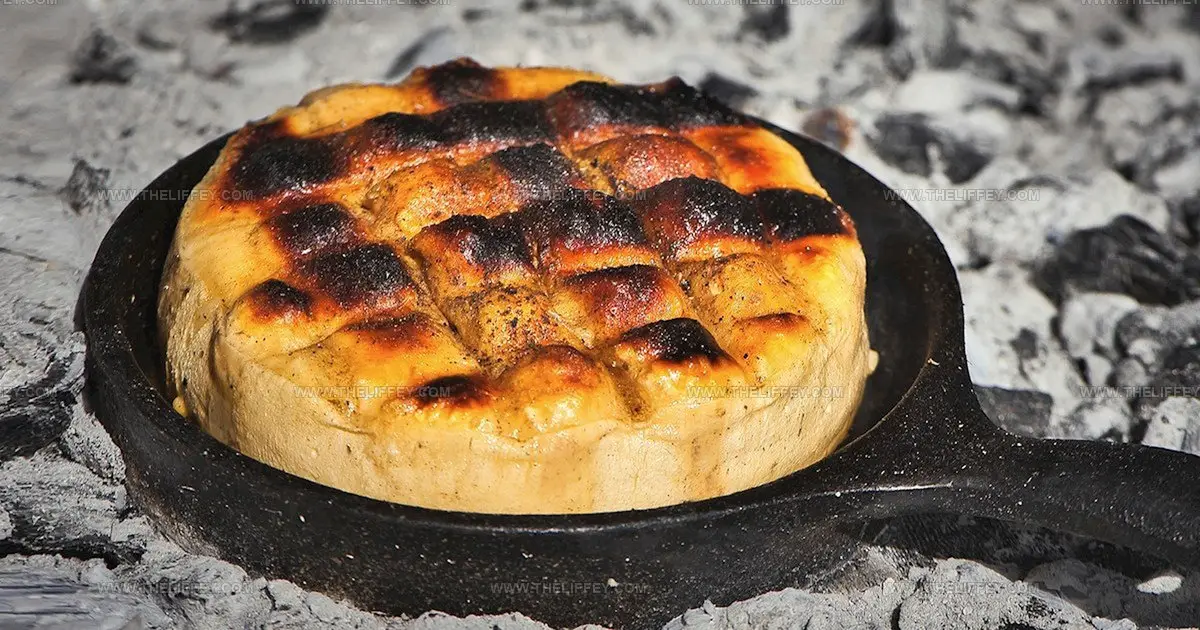
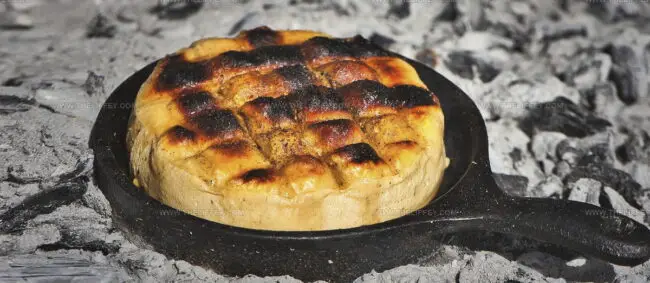
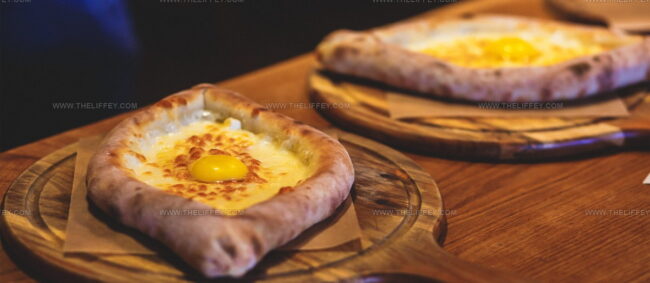

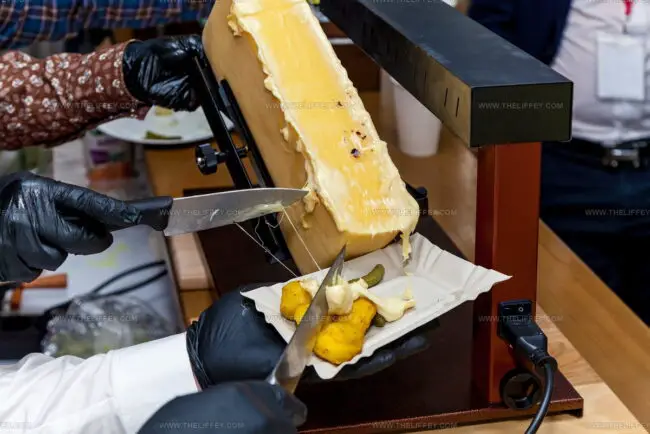


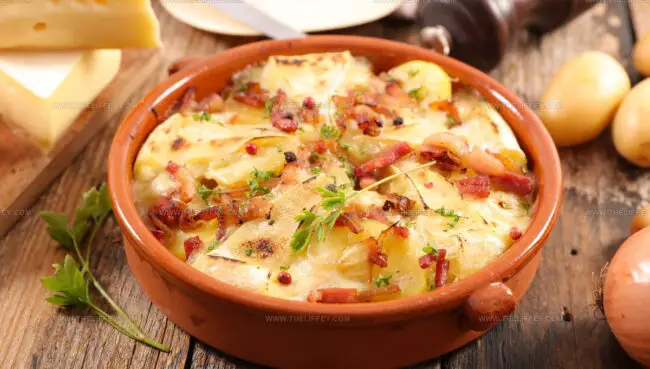

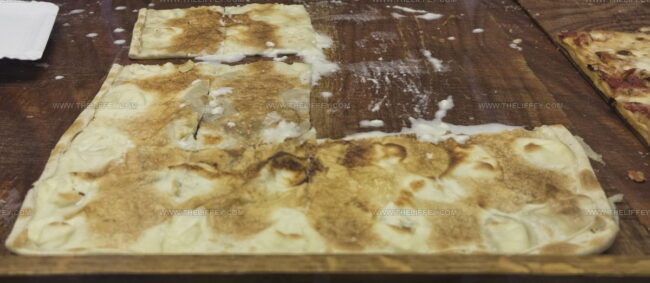

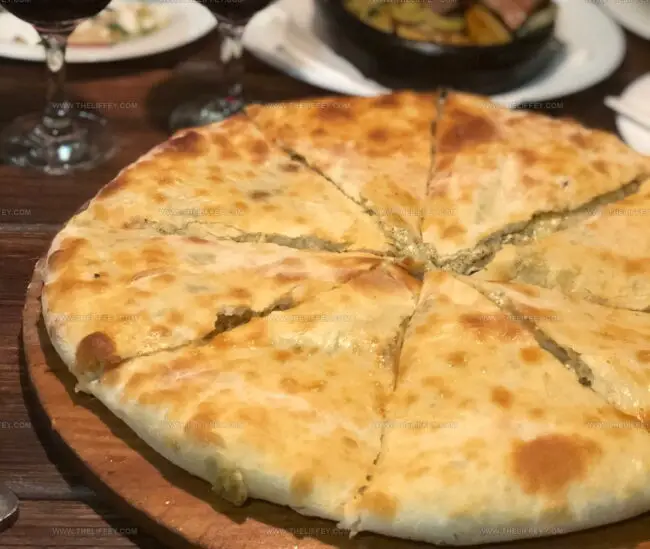
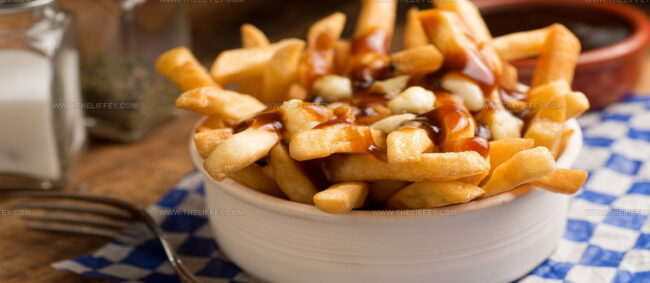
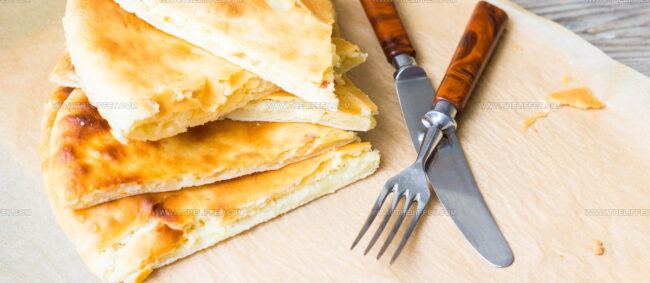
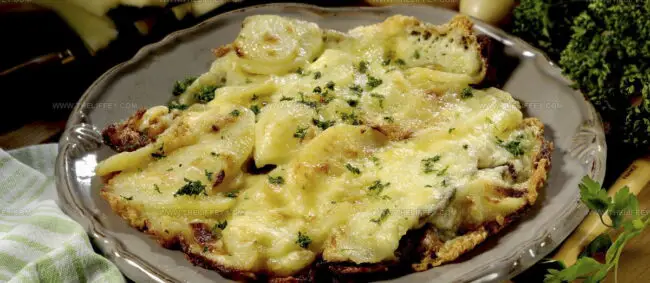
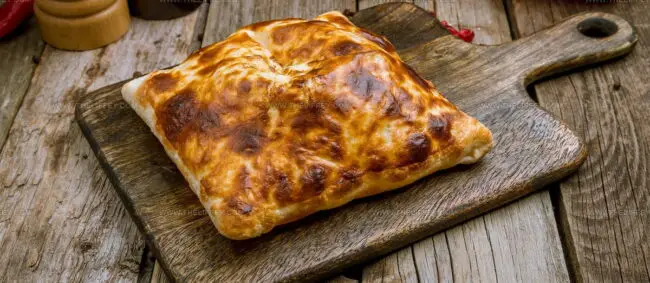
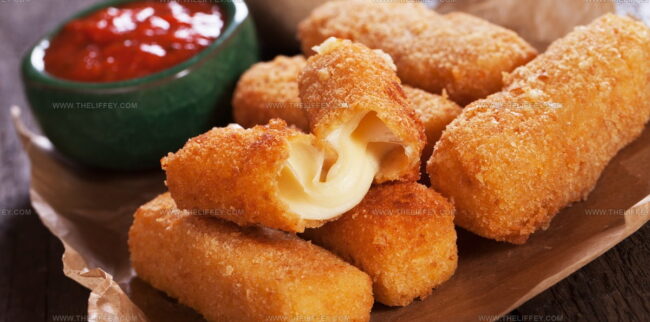
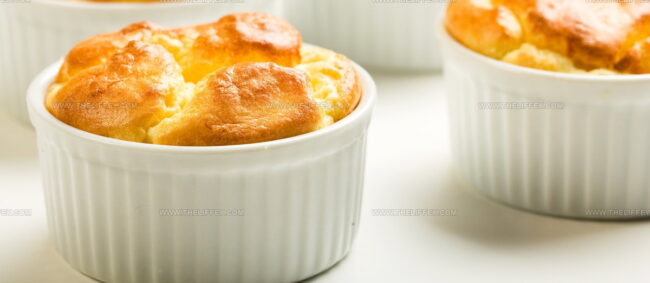
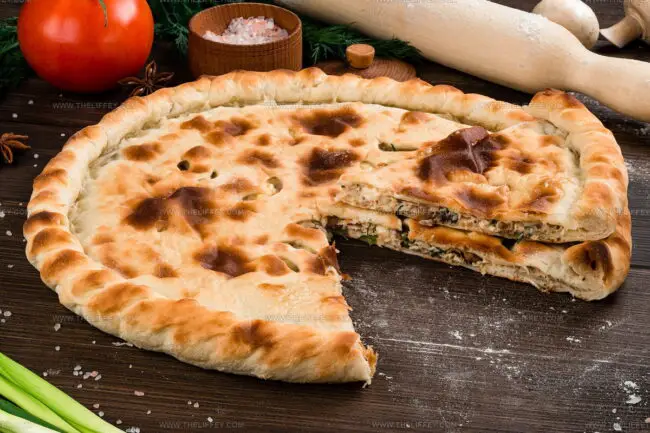
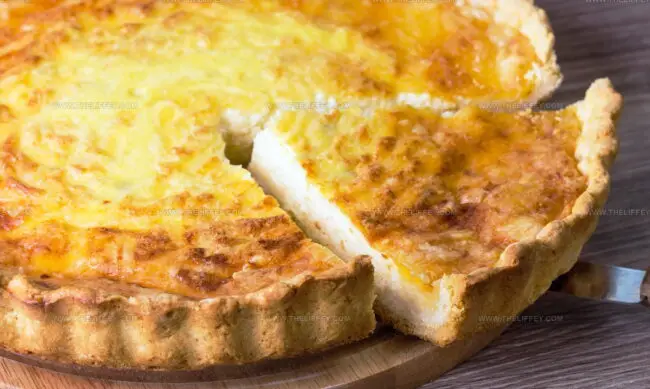
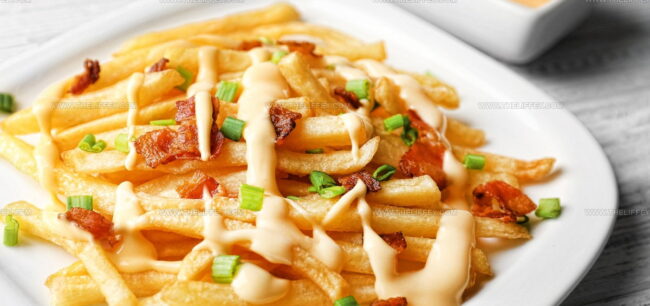
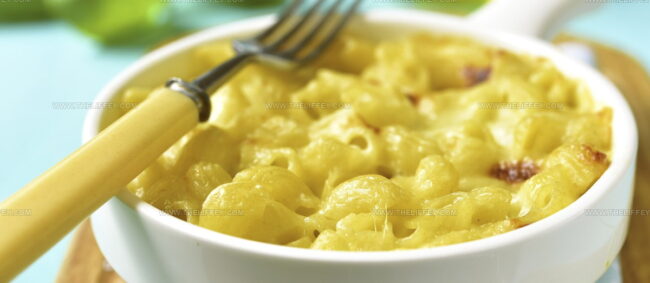
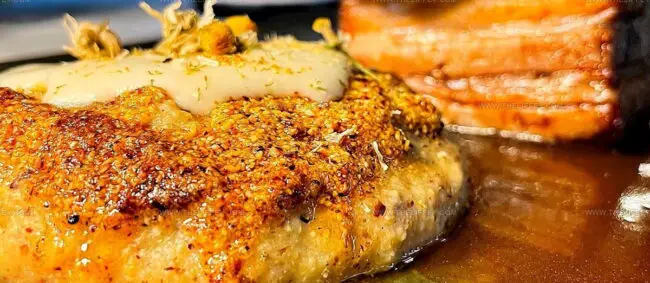
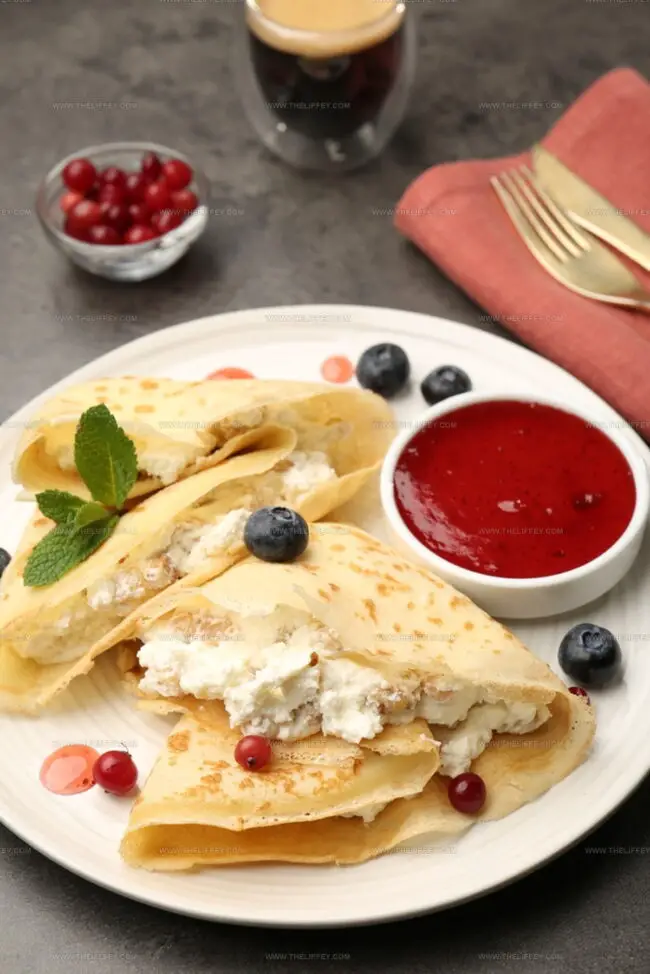

Amanda Bennett
Recipe Curator & Culinary Educator
Expertise
Baking and Pastry Arts, Recipe Testing and Development, Culinary Instruction, Food Styling and Photography
Education
Asheville-Buncombe Technical Community College, Asheville, NC
Diploma in Culinary Arts
Emphasized practical cooking skills, nutrition, and kitchen management.
Cambridge School of Culinary Arts, Cambridge, MA
Certificate in Professional Pastry Arts
Specialized in baking techniques, dessert presentation, and flavor profiling
Amanda’s roots run deep in the Southern hills, where every meal started fresh from the garden and every dessert came with a story. She trained at Asheville-Buncombe Technical Community College and sharpened her pastry skills at the Cambridge School of Culinary Arts, blending classic technique with everyday charm.
At The Liffey, Amanda’s passion is making baking and home cooking feel natural and joyful. She’s all about single recipes that are simple enough for a busy afternoon, but special enough to make someone’s day a little sweeter.